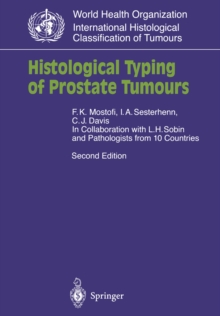
Histological Typing of Salivary Gland Tumours PDF
by Gerhard Seifert
Part of the WHO. World Health Organization. International Histological Classification of Tumours series
Description
Knowledge of tumours of the salivary glands has advanced consider- ably in the two decades that have elapsed since work was started on the first edition of Histological Typing of Salivary Gland Tumours.
A great deal of information has been collected about newly de- scribed tumour entities and the behaviour and prognosis of the pre- viously classified tumours.
Immunohistochemistry, cytophotometry, hybridization techniques, tissue culture and chromosomal analysis have increased our understanding of many tumours.
Histological Typing Histological typing divides tumours of a given organ into different types according to their direction of differentiation.
Although this may frequently indicate the underlying histogenesis of the tumour, it may be difficult or impossible to identify the cell of origin.
Note is taken of the structure and function of cell types, as well as the overall growth pattern of the tumour, with the aim of matching these fea- tures to those of a normal tissue found in the same organ.
The principles of the second edition of the WHO Histological Typing of Salivary Gland Tumours are based on the following axioms: - The classification is orientated to the routine work of the surgical pathologist.
The inclusion of rare but clearly defined tumour en- tities should be helpful to surgical pathologists consulting with clinicians.
Information
-
Download - Immediately Available
- Format:PDF
- Publisher:Springer Berlin Heidelberg
- Publication Date:06/12/2012
- Category:
- ISBN:9783642845062
Information
-
Download - Immediately Available
- Format:PDF
- Publisher:Springer Berlin Heidelberg
- Publication Date:06/12/2012
- Category:
- ISBN:9783642845062










